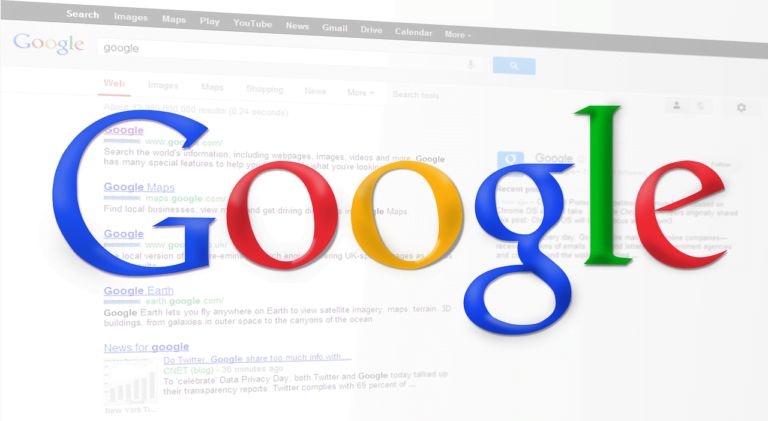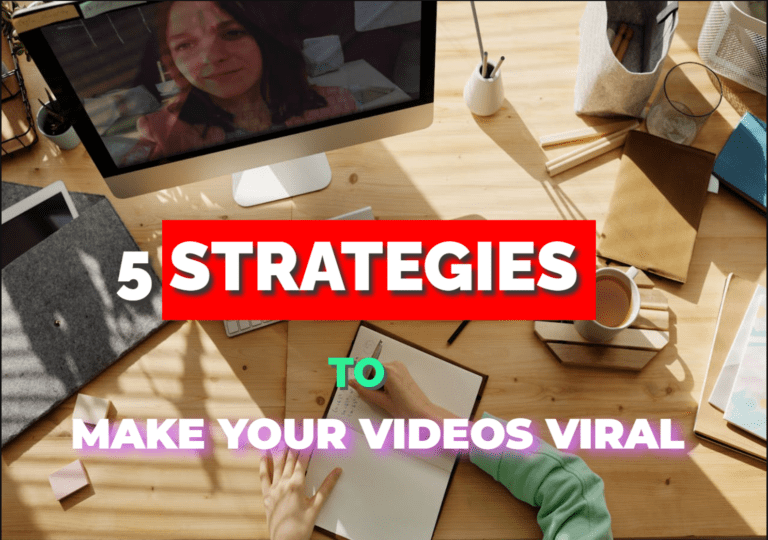Since the advent of Google’s search engine, the way people retrieve information on the Internet has evolved, with the volume of search queries increasing far beyond what one could imagine at the start of the 21st century.
Consider that in 2000, Google’s total search volume was 9.2 billion queries. By contrast, for the year 2017, that figure stood at over 1.2 trillion queries. That’s some explosive exponential growth!
With the widespread adoption of Google as the preferred search engine of most people, Google’s search market share has continued to grow, reflecting its dominance. Today, Google search boasts having more than 90% of the global search engine market and has become a verb of its own! In light of the above facts, it isn’t difficult to wrap one’s head around why digital marketers and online businesses take Google very seriously.
Read Also: 8 SEO Tips You Cannot Afford to Ignore
Search Engine Optimization has to do with techniques and the best practices of creating, structuring and presenting web assets (websites, pages, and even documents) to ensure that they are easily found and organically ranked by search engines. SEO has 3 aspects to it, namely:
- Technical SEO
- On-page SEO
- Off-page SEO
Our focus here is on on-page SEO. It refers to the process and practice of implementing techniques for structuring and presenting each webpage so that it ranks high on search result pages.
Table of Contents
5 Best On-page SEO Techniques
Here, you’ll find out about 5 on-page SEO techniques that can help you boost your web pages in the Google search engine result page (SERP). In essence, you want to include them as part of your on-page SEO checklist.
1. Create Quality Long-form Content
It may sound trite, but the truth remains that quality content is key to attracting attention and holding the gaze of the audience. Regardless of what you do to make a page rank high if the content isn’t engaging and appears spammy or repulsive in any way, most users will promptly leave the page without a second thought. This will hurt the ranking and, potentially, the reputation of your website.
In a practical sense, quality means that you should write original content relevant to the title of the page. For example, if you are writing about how to prepare a specific dish, you should include key information about it, such as its geographic origin, the ingredients needed, and their required amounts. And, the recipe should be clearly explained in a step-by-step manner.
As for the length, in general, search engines have a preference for long content. The smart rule of thumb is to research the top 5 pages that appear for the keywords relevant to your page and determine the average word count for the top pages. That should give you a good sense of what the length should be.
2. Enrich the Page Content with Optimized Multimedia
This is a sure way to get not only human viewers attracted to your page but also Google’s search engine crawler. By adding a mixture of optimized video and images with great relevance to the text on the page usually results in a significant increase in the page rank. Optimizing images means using:
- Files with smaller sizes
- Semantic file names (e.g., sleeping_boy.jpg)
- An ALT tag to describe the images
3. Ensure the Page Is Mobile-Friendly
This is one of those important aspects that show how the search is evolving. With more than 60% of its users coming from mobile devices, Google pays serious attention to the mobile-friendliness of web pages. In fact, since 2015, Google has officially and deliberately started decreasing the ranks of those pages that aren’t optimized for mobile devices.
One known way of achieving mobile-friendliness is to use responsive designs for your pages so that the page visitors get a great experience when using both their laptop browsers and mobile devices. By the way, at
4. Optimize the Title of Your Page
If you have a basic knowledge of SEO, you’ll be quick to admit that this seems simple and obvious. But, it has to be emphasized here because it is arguably the most important factor for a page’s search ranking. That being said, here are some practical tips:
- Place the main keywords closer to the beginning of the title.
- Use descriptive and synonymous words that convey clearly what the page is about.
- Keep the title no longer than 70 characters (with spaces).
5. Increase Page Loading Speed
Google pays close attention to how quickly a web page loads when evaluating its rank. In fact, they have officially made it known that mobile page speed influences the result rankings.
One key page feature that can massively slow down the loading time is large-sized media files. Even when the content is highly relevant and engaging, this could still become a stumbling block. As one of the solutions, using a content delivery network (CDN) can help you reduce page loading time. Also, Google has its own recommendations on this issue in place.
So, there you have them — 5 on-page SEO tips that will serve you well. Remember, the more of them you apply, the better the results will be









